Kinesiology is manual neurophysiology
Kinesiology is a manual neurophysiological therapy developed by American chiropractors, founded in medical gymnastics, traditional kinesiology and physiotherapy from the early 19th century in Sweden.
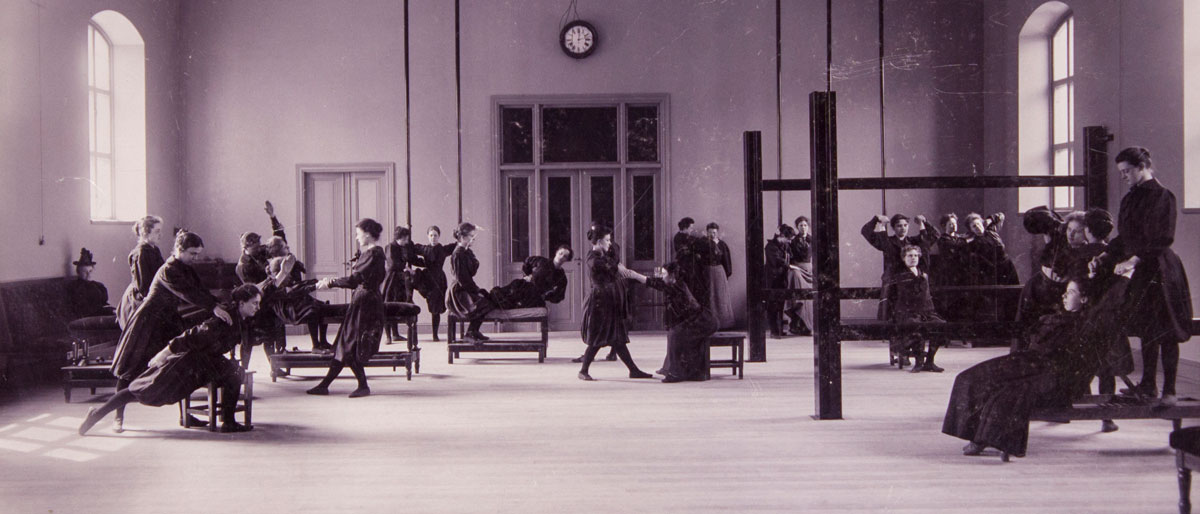
The Royal Gymnastic Central Institute GCI, late 1800 in Stockholm, Sweden.
It was founded in 1813 and was the first professional school in the world for training physiotherapists and included advanced massage-therapy, manual muscle testing and spinal adjustments.
What is Kinesiology?
Kinesiology is much more than just the "Science of Movement".
It is also "Medical Gymnastics" and "The Swedish Movement Cure".
Kinesiology started in Sweden
The Swedish therapist, medical gymnast and kinesiologist Carl August Georgii, Professor at the Royal Gymnastic Central Institute GCI in Stockholm, was the one who created and coined the new international word Kinesiology in 1854.
Most people today who use the word Kinesiology lack knowledge about its history and the original meaning of the word.
The term Kinesiology is a literal translation to Greek-English from the original Swedish word Rörelselära, meaning "Movement science", which was the foundation of the Medical Gymnastics, the original Physiotherapy and Physical Therapy, developed during 100 years in Sweden (starting 1813).
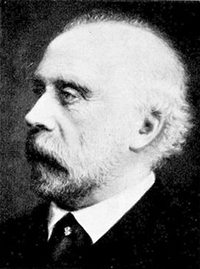
Swedish Professor Carl August Georgii (1808-1881) at the Royal Gymnastic Central Institute G.C.I.,
created the new international word "Kinesiology" in 1854.
created the new international word "Kinesiology" in 1854.
The new medical therapy created in Sweden was called "Rörelselära", and later (1854) translated to the invented new international word "Kinesiology", consisted of nearly 2,000 physical movements and 50 different types of massage therapy techniques.
They were all used to affect various dysfunctions and even illnesses, not only in the movement apparatus, but also into the internal physiology of man.
Thus, the original classical and Traditional Kinesiology was not only a system of rehabilitation for the body, but also a new therapy for relieving and curing diseases, by affecting the autonomic nervous system, organs and glands in the body.
Today, this concept is believed and used by practitioners of Applied Kinesiology (AK).
Who created Manual Muscle Testing?
Manual Muscle Testing (MMT) was created and developed in Sweden, by the early Swedish physiotherapists in Stockholm at Royal Gymnastic Central Institute GCI, founded in 1813. (1)
The very first, still documented, manual muscle test was done by the famous Swedish medical gymnast and physical therapist Henrik Kellgren, who worked in Sweden, England and Germany.
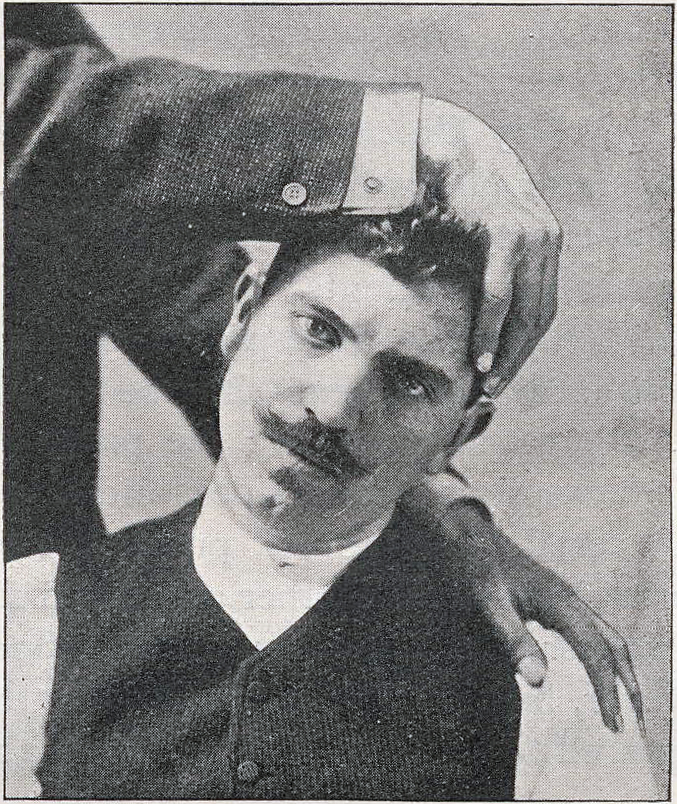
Swedish Manual Muscle Test from Henrik Kellgren at Royal Gymnastic Central Institute GCI, late 1800
In 1888, Manual muscle testing was brought to USA by Swedish physiotherapists/medical gymnasts in Boston. (2)
Beginning in 1912, Manual muscle testing was further researched and developed by American physical therapists in Boston. (3) American chiropractors have continued this research since 1964. (4)
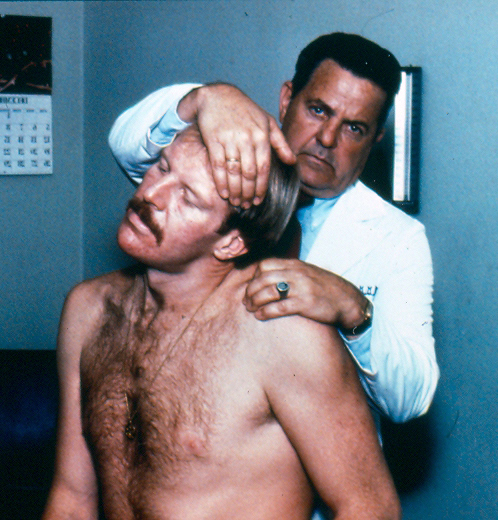
Chiropractor George J Goodheart Jr, the founder of Applied Kinesiology, is doing the same manual muscle test
as the traditional kinesiologist Henrik Kellgren from Sweden, but 100 years later
(the muscle that is tested is Trapezius muscle descending part and M. splenius & M. scalenus, neck lateral flexors).
as the traditional kinesiologist Henrik Kellgren from Sweden, but 100 years later
(the muscle that is tested is Trapezius muscle descending part and M. splenius & M. scalenus, neck lateral flexors).
1. The Royal Gymnastic Central Institute, GCI was founded 1813 in Stockholm, Sweden by Pehr Henrik Ling. It was the first Physiotherapy School in the world, training hundreds of medical gymnasts who spread the Swedish physical therapy to all continents around of the world.
In 1887 Sweden was the first country in the world to give a national state licence to physiotherapists/physical therapists.
2. Manual muscle testing was brought to USA by Swedish teachers at "Boston Normal School of Gymnastics BNSG" and later at the Swedish "Posse-Nissen School of Physical Education" ("Baroness Rose Posse School of Physical Education and Physiotherapy") in Boston, USA.
The Swedish trained (at GCI) medical gymnast and physiotherapist Nils Posse wrote the very first book ever with the word "Kinesiology" in the book's title: The Special Kinesiology Of Educational Gymnastics (Boston, 1894)
3. Manual muscle testing was further used and developed at Harvard University in Boston, USA by Wilhelmine G. Wright (she was a student at the Boston Normal School of Gymnastics BNSG in 1905) and Robert W. Lovett (M.D. and Professor of Orthopedic Surgery at Harvard).
4. Manual muscle testing was developed way beyond the original concept and use by George J. Goodheart (-- 2008) and Alan G. Beardall (-- 1987) at the International College of Applied Kinesiology (ICAK), USA.
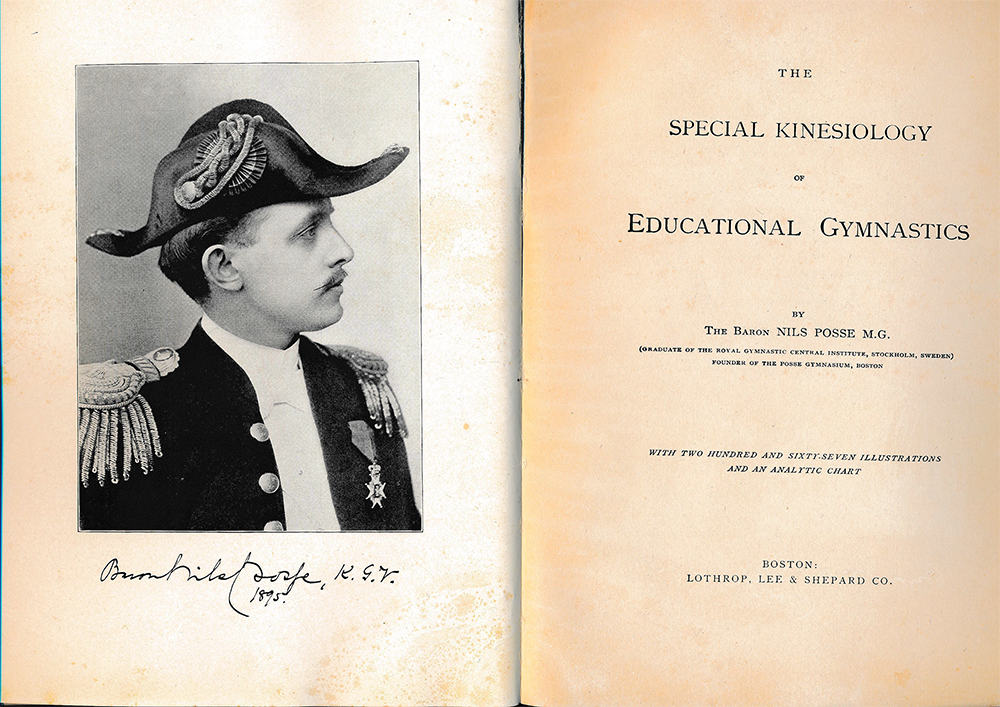
(click on the image to see large photo)
This is the first book ever written with the word "Kinesiology" in the title of the book. It was written by the Swedish Medical Gymnast Nils Posse: The Special Kinesiology Of Educational Gymnastics. Published in Boston, 1894-1895

Download a pdf-file with information about Kinesiology - The Swedish Movement Cure Traditional Kinesiology.pdf
References
Ottosson, Anders (2010). "The First Historical Movements of Kinesiology: Scientification in the Borderline between Physical Culture and Medicine around 1850". The International Journal of the History of Sport. Volume 27, Issue 11.
Swedish Kinesiology
Kinesiology
www.Kinesiology.com
www.ManualMuscleTesting.com
The Kinesiology Network - Kinesiology.net
Swedish Kinesiology College
Email: info@kinesiology
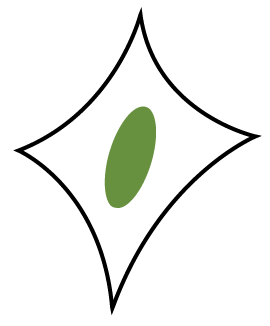
web production, editor and © copyright: Mac Pompeius Wolontis, www.Kinesiology.com, Sweden
